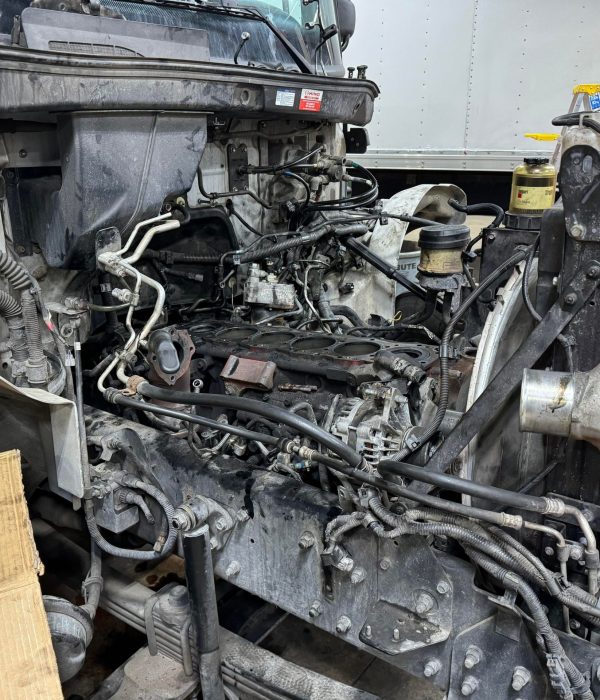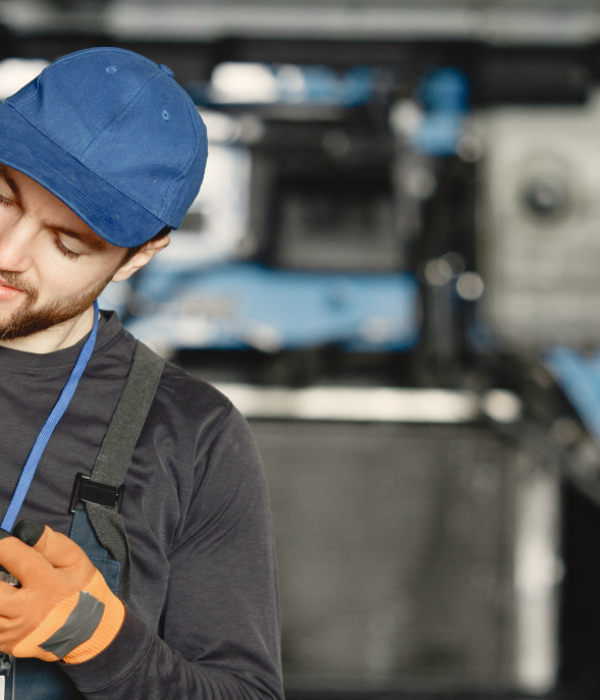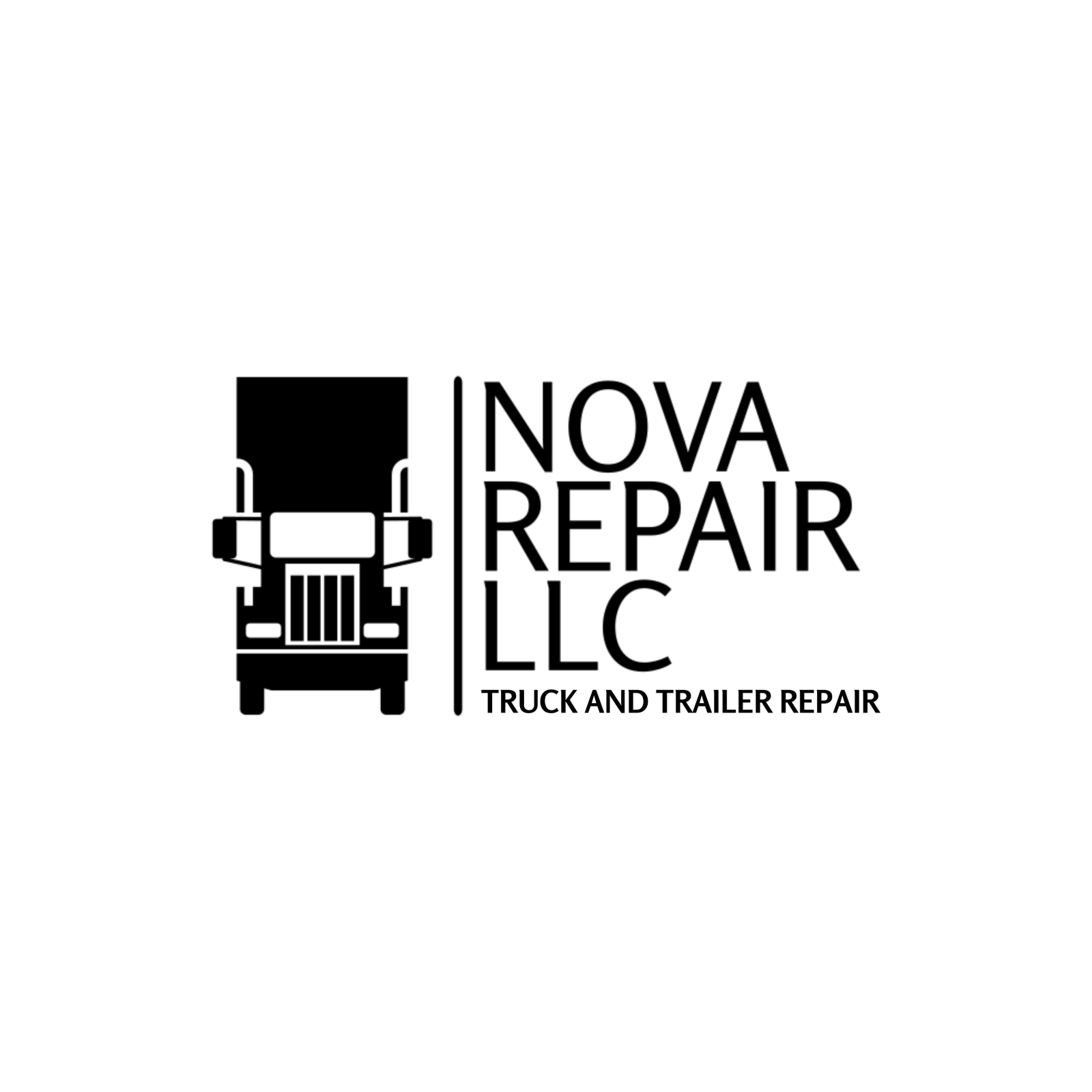Engine rebuild
An "engine rebuild" refers to the process of disassembling, cleaning, inspecting, repairing, and reassembling an internal combustion engine to restore it to a functional or like-new condition. This process is often undertaken when an engine has experienced significant wear, damage, or failure, and it is more cost-effective to rebuild it than to replace it entirely. Engine rebuilds can vary in complexity depending on the extent of damage and the goals of the rebuild, but they generally involve the following steps:
- Disassembly
- Clearing
- Inspection
- Machining
- Reassembly
- Testing
- Break in Period




The Process
Here Is What We Offer
Disassembly
The engine is removed from the vehicle and disassembled into its individual components, including the cylinder head(s), block, pistons, crankshaft, camshaft, connecting rods, and various other parts.
Clearing
Each component is thoroughly cleaned to remove built-up carbon deposits, sludge, dirt, and other contaminants. Specialized cleaning methods such as hot tanking, ultrasonic cleaning, or media blasting may be used depending on the material and condition of the parts.
Inspection
Every part is carefully inspected for wear, damage, or signs of fatigue. Critical components such as the crankshaft journals, cylinder bores, piston rings, and valves are measured to ensure they are within acceptable tolerances. Any parts that are excessively worn, damaged, or out of spec are either repaired or replaced.
Machining
If necessary, certain components may undergo machining processes to restore them to the proper dimensions and surface finish. This can include processes such as cylinder boring/honing, crankshaft grinding/polishing, valve seat cutting, and surface milling.
Reassembly
Once all the parts have been cleaned, inspected, and machined as needed, the engine is reassembled using new gaskets, seals, bearings, and other wear components. Care is taken to ensure that all parts are properly lubricated and torqued to the manufacturer's specifications.
Testing
After reassembly, the rebuilt engine is tested to ensure that it operates correctly and meets performance standards. This may involve running the engine on a test stand or installing it back into the vehicle for a road test. Compression tests, leak-down tests, and other diagnostic procedures may be performed to verify the integrity of the rebuild.
Break In Period
In many cases, a break-in period is recommended for a freshly rebuilt engine to allow the components to settle and wear in properly. This typically involves gentle driving for a certain number of miles or hours, avoiding heavy loads or high RPMs during this period.

